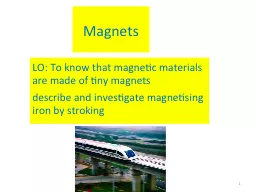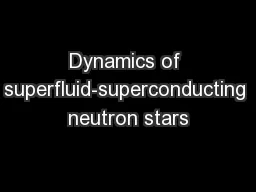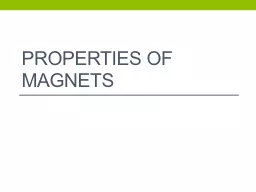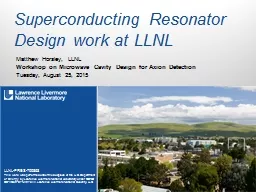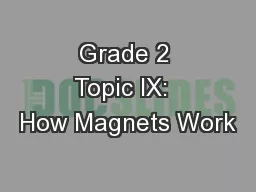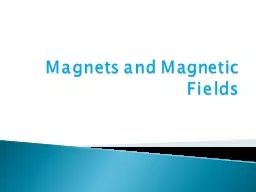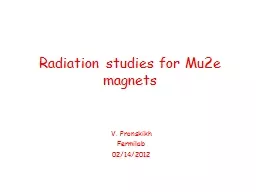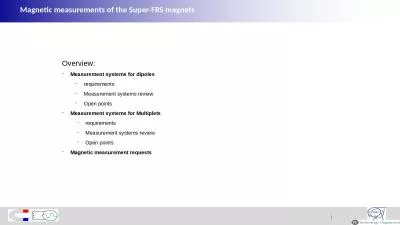PPT-Mechanical measurements in Superconducting magnets
Author : dudeja | Published Date : 2020-08-28
210116 2 Mechanical Measurement Lab ENMME M Guinchard m ichaelguinchardcernch TEMSC Technical Meeting Lab workflow 210116 TEMSC Technical Meeting 3 Thermal Conductivity
Presentation Embed Code
Download Presentation
Download Presentation The PPT/PDF document "Mechanical measurements in Superconducti..." is the property of its rightful owner. Permission is granted to download and print the materials on this website for personal, non-commercial use only, and to display it on your personal computer provided you do not modify the materials and that you retain all copyright notices contained in the materials. By downloading content from our website, you accept the terms of this agreement.
Mechanical measurements in Superconducting magnets: Transcript
Download Rules Of Document
"Mechanical measurements in Superconducting magnets"The content belongs to its owner. You may download and print it for personal use, without modification, and keep all copyright notices. By downloading, you agree to these terms.
Related Documents



